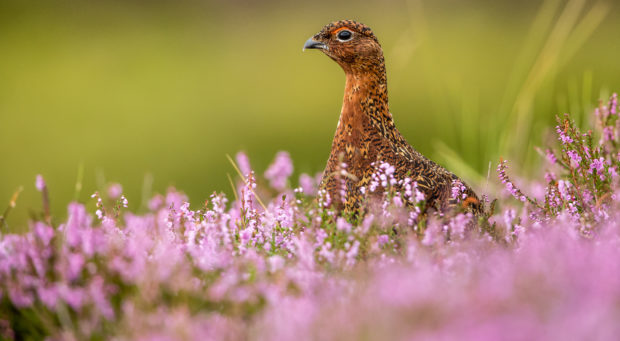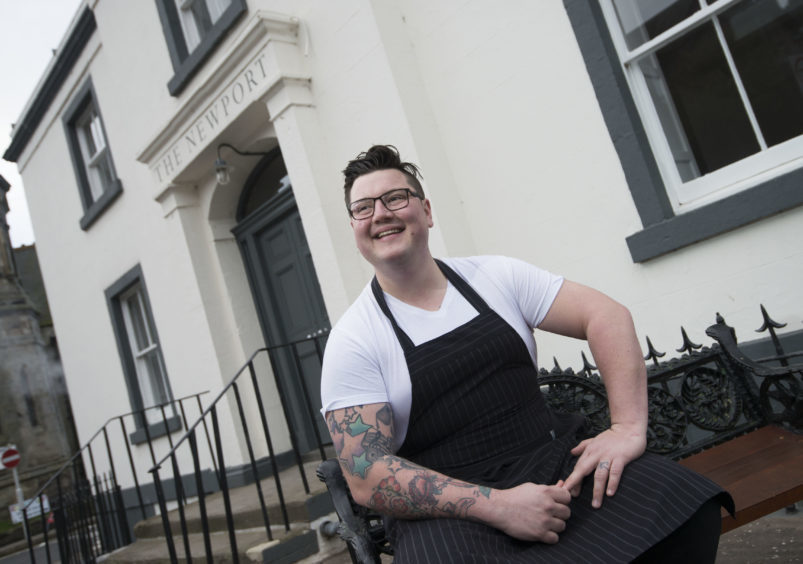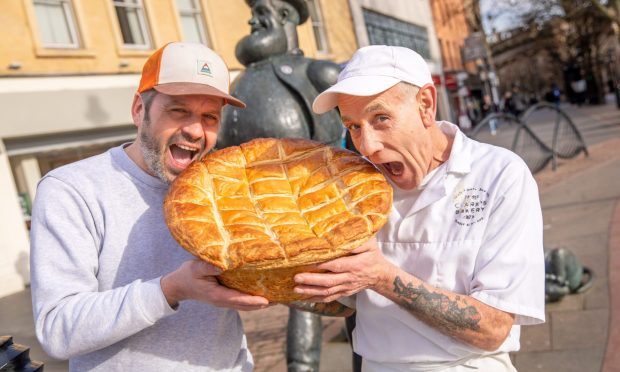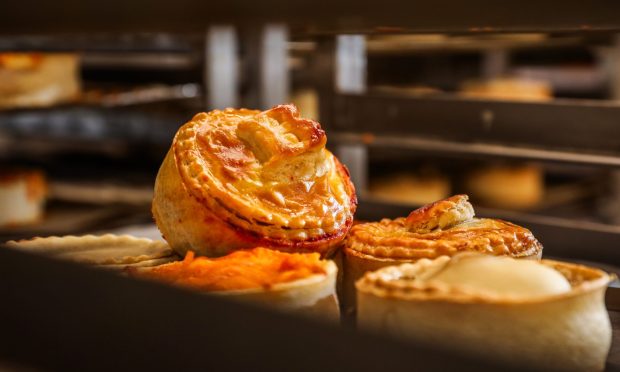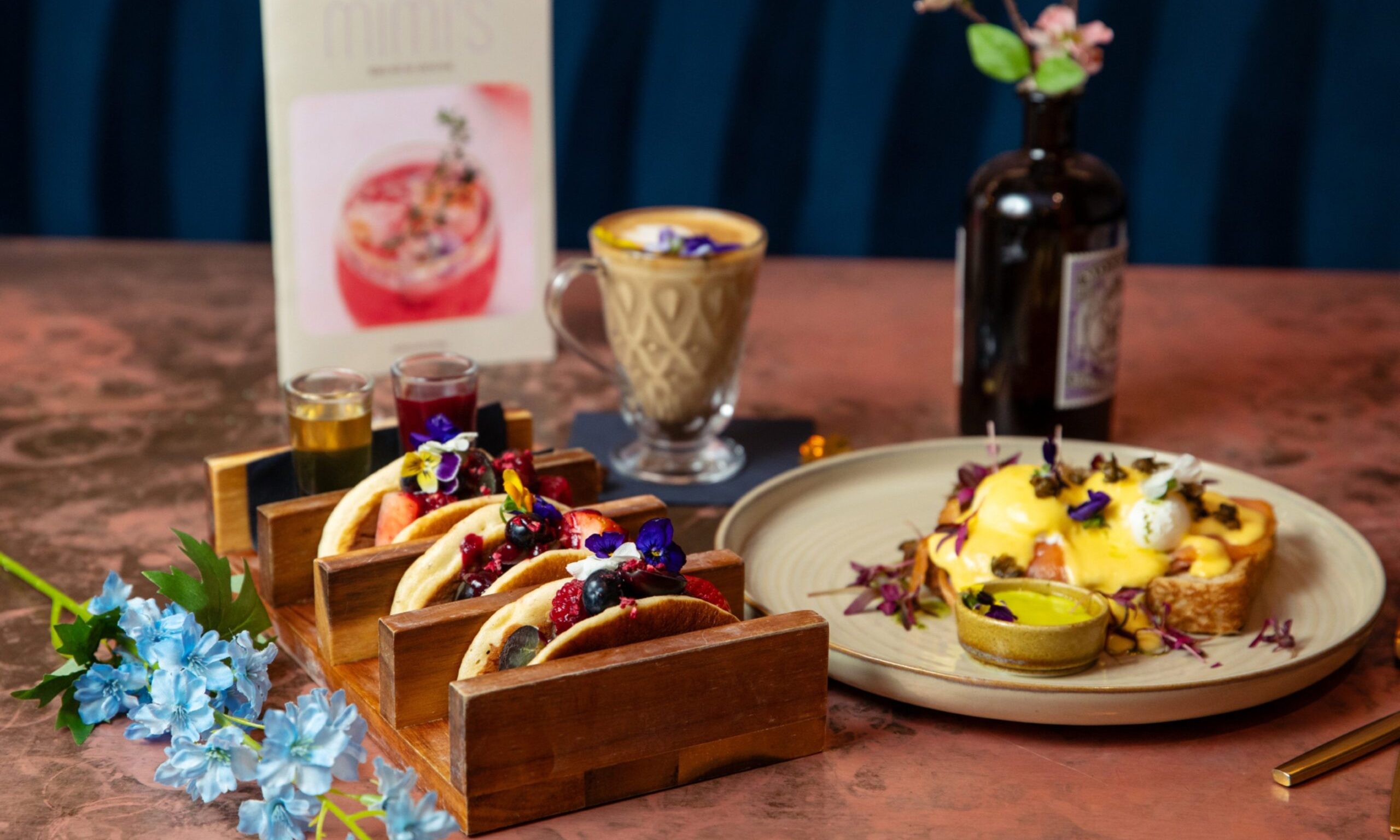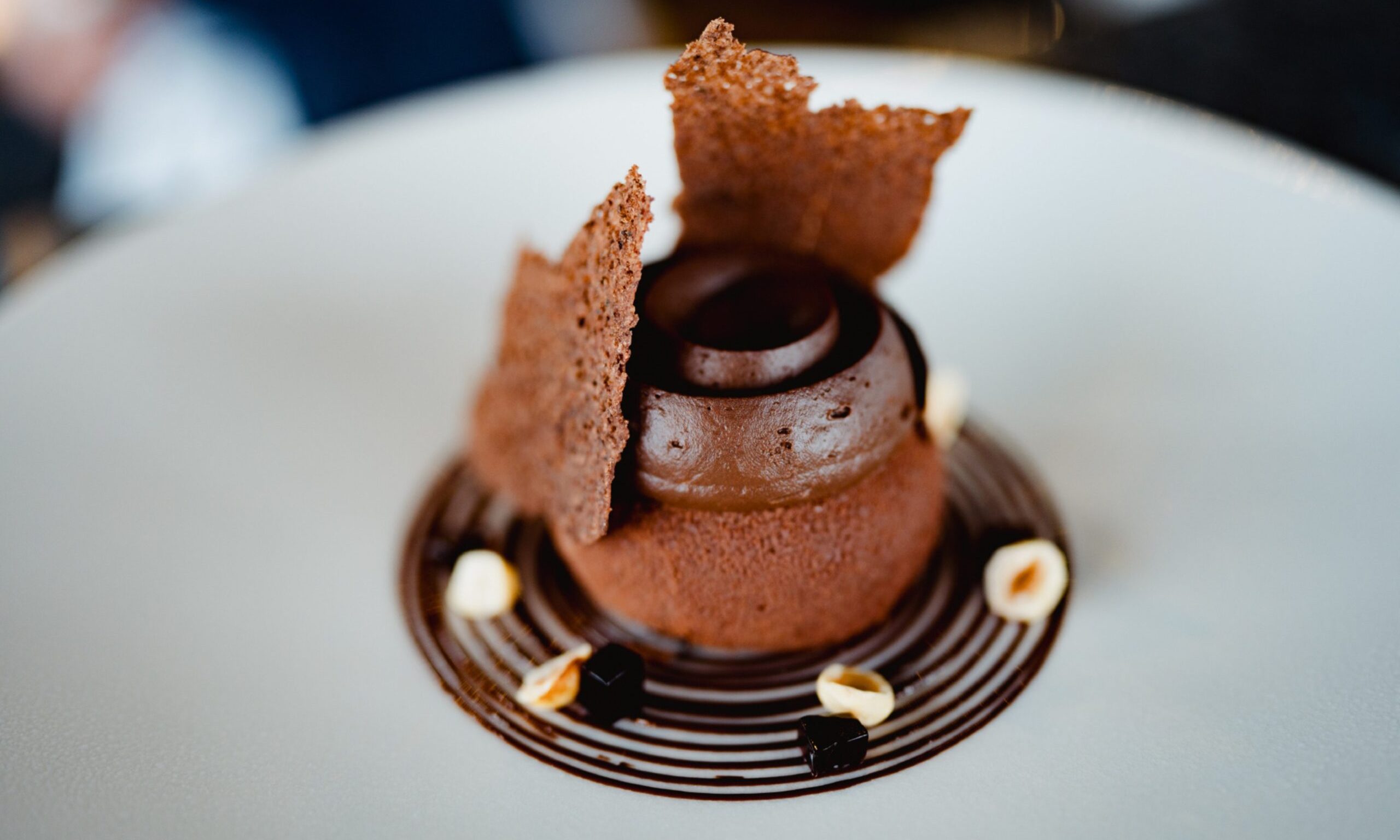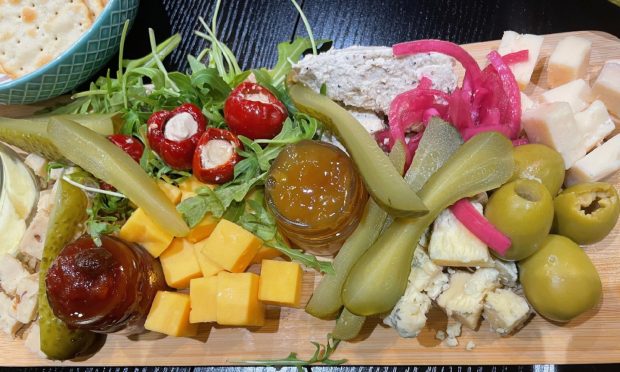Jamie Scott, chef patron of The Newport, reveals why he thinks grouse is so great
This month I would like to talk about what, in my opinion, is the pride of the game of season: grouse.
First up, I’ll tell you a little about the Glorious Twelfth as it’s called; then I’ll explain my favourite way to cook it and utilise its amazing intense gamey flavour – it’s not for the plain eater to be honest and it even splits my kitchen 50/50 for those who do and don’t like it.
The Glorious Twelfth is on August 12 and is the start of the shooting season for the red grouse, and, to a lesser extent, the ptarmigan, in Great Britain and Northern Ireland.
This is one of the busiest days in the shooting season, with large amounts of game being shot. The date itself is traditional although not all game has the same start to their open season – most begin on September 1, while October 1 the start of the woodcock and pheasant season.
I can never understand why game appears on the menu of numerous restaurants on the same day the season opens as I believe it needs a minimum of 24 hours hanging after it has been shot. That rant I will save for another day.
The other small downside to the traditional date is it creates such a demand for grouse so obviously that means the price inflates dramatically, based on the number of which are shot. In two years alone at the restaurant I have seen it start at £14 per bird. This means I would have to charge £40 for a main course of the bird which is a little steep.
I could do a starter with half the bird but again what we would need to charge wouldn’t be fair on the customer. This year, however, is a bit different, with a long-legged grouse costing £6 per bird and the oven-ready costing £5.
As a result, this means we can get it on the menu, but this year’s frighteningly cold winter and hot summer mean numbers are a lot lower than normal.
As I mentioned earlier, grouse is very strong, with a rich taste and course meat that owes its flavour to the heather and wild berries it feasts on in the wild. Try wrapping the breasts on the crown in bacon to keep them really moist. Also it’s delicious cooked in its own juices with wild rice and dark green leaves such as watercress or kale on the side. The bird also stands up to being braised – deboned and cook it slowly in stock with celery, onions and tuck into some short crust pastry for a delicious game pie.
Chef’s tip: For a delicious little game starter, blend the grouse meat and innards, cook into a course pate and serve with a zingy redcurrant jelly and some melba toast.
Traditionally served with grouse is bread sauce but not the horrible old lumpy kind – try using sourdough to give a nice sour punch or add a good squeeze of honey to sweeten it up. Also we substitute a little of the liquid and add some dark rye ale which gives it a delicious, deep earthy flavour.
